The science of deep-frying has long fascinated food scientists and culinary experts alike, particularly when it comes to understanding oil absorption in fried foods. While the golden crispiness of fried chicken or the irresistible crunch of French fries may seem like simple pleasures, the underlying mechanisms of oil uptake during frying involve complex interactions between heat, moisture, and structural changes in the food matrix.
When food is submerged in hot oil, a series of simultaneous physical and chemical reactions occur almost instantaneously. The surface moisture rapidly evaporates, creating steam that exits through the outer layers of the food. This moisture loss creates pores and microscopic channels where oil can later penetrate. Interestingly, the majority of oil absorption doesn't happen during the actual frying process but rather during the cooling phase, when the internal pressure drops and capillary action draws oil into the vacated spaces.
The temperature of the oil plays a crucial role in determining how much oil the food will absorb. Contrary to what might seem logical, frying at lower temperatures (below 160°C) actually results in higher oil absorption because the prolonged cooking time allows more moisture to escape and more oil to penetrate. Optimal frying temperatures between 175-190°C create an immediate crust formation that acts as a barrier to excessive oil penetration while still cooking the interior thoroughly.
Food composition significantly influences oil uptake patterns. Starchy foods like potatoes demonstrate different absorption behaviors compared to protein-rich foods like meat or fish. The amylose and amylopectin in potatoes undergo gelatinization during frying, creating a network that can either resist or facilitate oil penetration depending on the cooking duration and temperature. Meanwhile, the denaturation of proteins in meat forms a tighter matrix that generally absorbs less oil but requires careful temperature control to prevent toughness.
Surface characteristics of the food before frying create another layer of complexity in oil absorption dynamics. A smooth, unbroken surface will absorb less oil than one with cracks or imperfections. This explains why battered foods often absorb more oil than breaded items - the irregular surface and porous structure of batter creates countless entry points for oil. Many industrial food producers apply edible coatings or pre-treatments to create a more uniform surface that resists excessive oil penetration while still achieving the desired crispiness.
The post-frying handling of food dramatically impacts final oil content. When fried food is drained vertically, gravity assists in removing surface oil more effectively than horizontal draining. The choice of draining surface matters too - absorbent paper tends to pull away more surface oil than wire racks, though racks allow for better airflow and evaporation. Some commercial operations employ centrifugal force or compressed air systems to mechanically remove excess oil from freshly fried products.
Oil quality and degradation represent another critical factor often overlooked in home cooking. As oil undergoes thermal stress during repeated frying cycles, its viscosity changes and it develops polar compounds that actually increase the oil's ability to penetrate food. Restaurant operators must monitor total polar materials (TPM) to determine when oil should be replaced, as overused oil not only affects flavor but also leads to higher absorption rates in food.
Innovative approaches to reducing oil absorption have emerged from food science research. Vacuum frying technology, which operates at lower pressures, can reduce oil content by 20-30% compared to conventional frying. Ultrasound-assisted frying shows promise in creating more uniform pore structures that limit oil penetration. Even simple preparation techniques like blanching or pre-drying certain foods can significantly decrease final oil content by modifying the food's cellular structure before it ever touches the fryer.
The health implications of oil absorption continue to drive research in this field. While consumers increasingly seek lower-fat alternatives, they remain unwilling to compromise on texture and flavor. This paradox has led food scientists to explore novel ingredient combinations and processing methods that can deliver the sensory experience of deep-fried foods with reduced oil content. From cellulose-based coatings to starch modifications, these innovations aim to satisfy both nutritional guidelines and consumer expectations.
Understanding oil absorption isn't just important for creating healthier fried foods - it has significant economic implications for both home cooks and food manufacturers. Oil represents one of the major cost factors in frying operations, and excessive absorption directly impacts profitability. Moreover, consistent oil absorption rates are crucial for nutritional labeling accuracy and quality control in packaged fried goods.
As research continues to unravel the complexities of oil absorption during frying, one thing becomes clear: achieving the perfect balance between delicious texture and reasonable oil content requires attention to numerous variables. From the initial preparation of ingredients to the final moments of cooling, each step presents opportunities to influence how much oil ends up in the finished product. The interplay between science and culinary art has never been more apparent than in the quest to master the fundamentals of frying control.

By /Jul 14, 2025

By /Jul 14, 2025
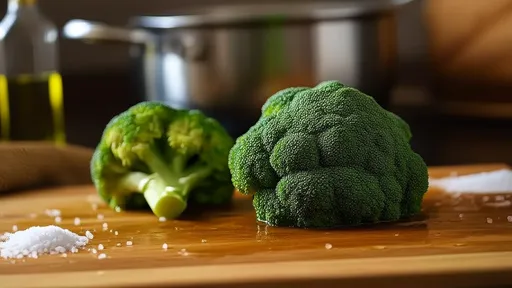
By /Jul 14, 2025
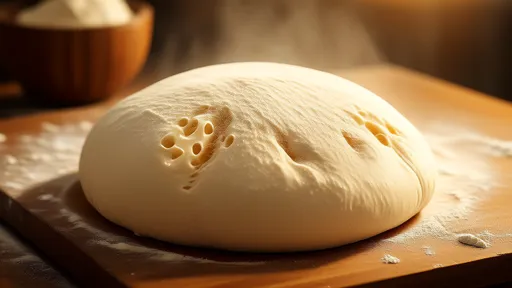
By /Jul 14, 2025
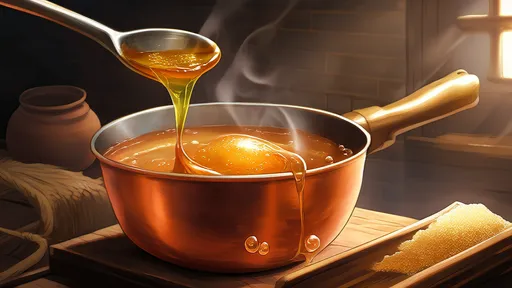
By /Jul 14, 2025

By /Jul 14, 2025
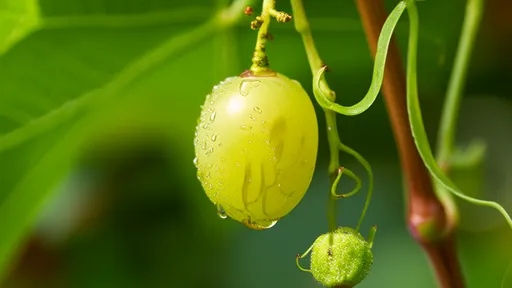
By /Jul 14, 2025
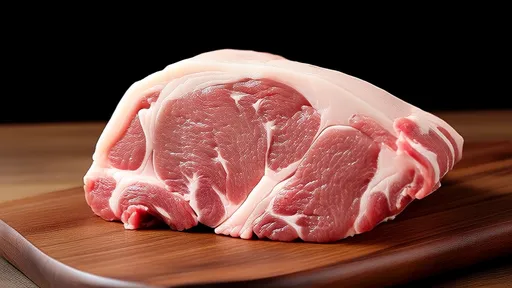
By /Jul 14, 2025
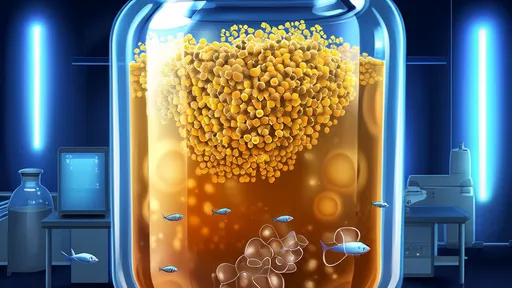
By /Jul 14, 2025
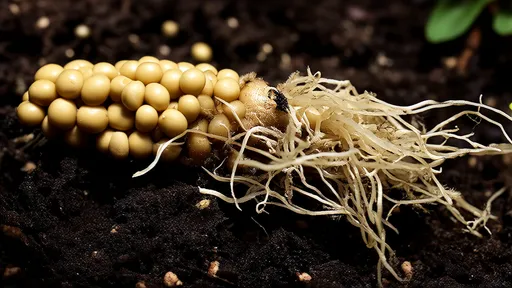
By /Jul 14, 2025

By /Jul 14, 2025
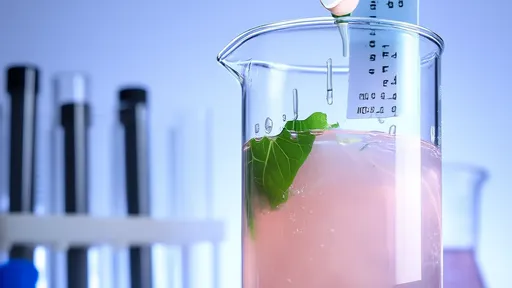
By /Jul 14, 2025
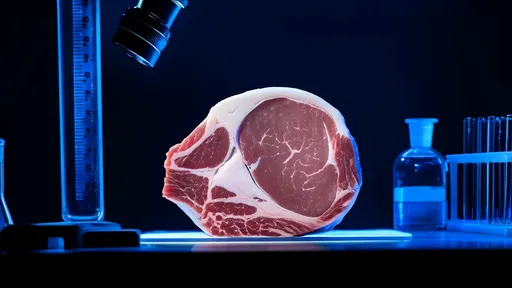
By /Jul 14, 2025

By /Jul 14, 2025
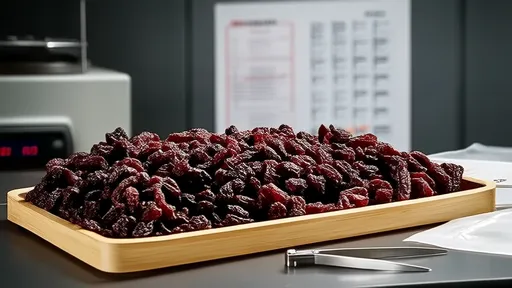
By /Jul 14, 2025
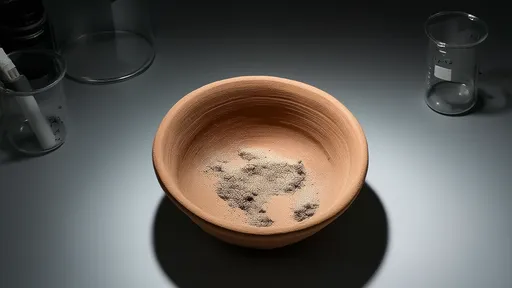
By /Jul 14, 2025
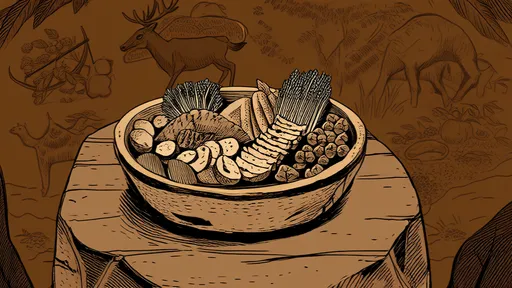
By /Jul 14, 2025
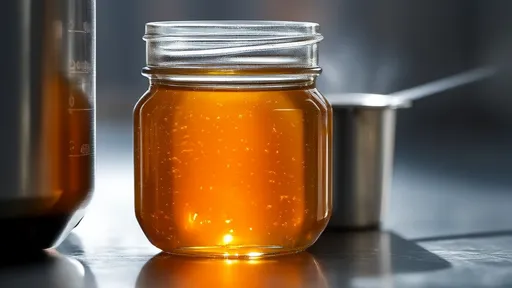
By /Jul 14, 2025